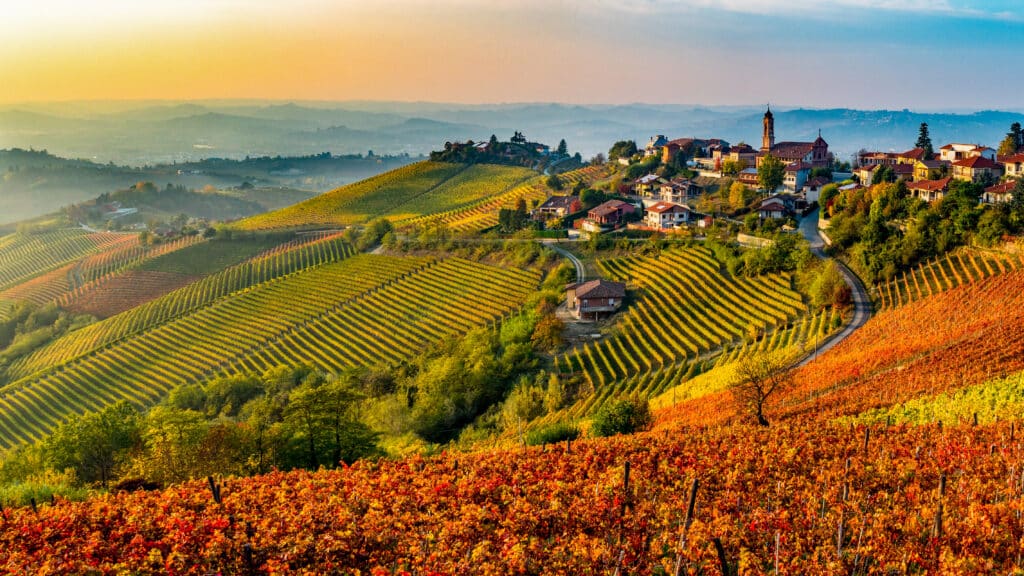
In Basics, we explore building blocks that we view as important for the formation of Community.
For those living in cities, we write our content as best we can to accommodate life in cities.
Typically, the idea of Neighborhoods and Villages are formed within an area in a city.
In a rural setting, Villages take form somewhat directly as towns, villages, hamlets and so on. The terms themselves are fluid and attempts to form a simple and fits-all definition is a difficult task. Clean, hierarchical boundaries—or other apparently tidy characteristics such as permanent resident population—all have weaknesses. The farm adjoining a geographical area determined in the last census may be more part of the village than what the map shows. Likewise, the house within the village boundaries—empty for the majority of the year—may contribute very little to the village. They are members in name and an address only, not in participation.
Regardless, the Basics of Life (food, clean water, housing, etc.) are necessary, as are the need for good friends and a place to call home. In CR2, interdependence between individuals and families is more important than excessive individualism.
A Site dedicated to:
All things Community …
… that should be …
… that can be …
…. that will be …
Reimagine-d and Rethink-ed
Please support our dedicated workers with our
Publications or Products
| Cookie | Duration | Description |
|---|---|---|
| cookielawinfo-checkbox-analytics | 11 months | This cookie is set by GDPR Cookie Consent plugin. The cookie is used to store the user consent for the cookies in the category "Analytics". |
| cookielawinfo-checkbox-functional | 11 months | The cookie is set by GDPR cookie consent to record the user consent for the cookies in the category "Functional". |
| cookielawinfo-checkbox-necessary | 11 months | This cookie is set by GDPR Cookie Consent plugin. The cookies is used to store the user consent for the cookies in the category "Necessary". |
| cookielawinfo-checkbox-others | 11 months | This cookie is set by GDPR Cookie Consent plugin. The cookie is used to store the user consent for the cookies in the category "Other. |
| cookielawinfo-checkbox-performance | 11 months | This cookie is set by GDPR Cookie Consent plugin. The cookie is used to store the user consent for the cookies in the category "Performance". |
| viewed_cookie_policy | 11 months | The cookie is set by the GDPR Cookie Consent plugin and is used to store whether or not user has consented to the use of cookies. It does not store any personal data. |